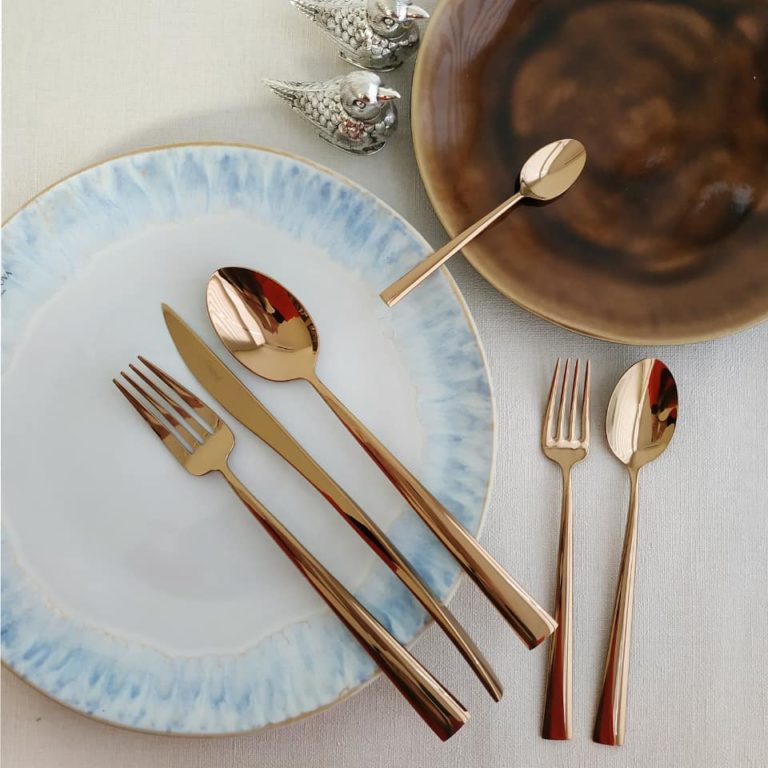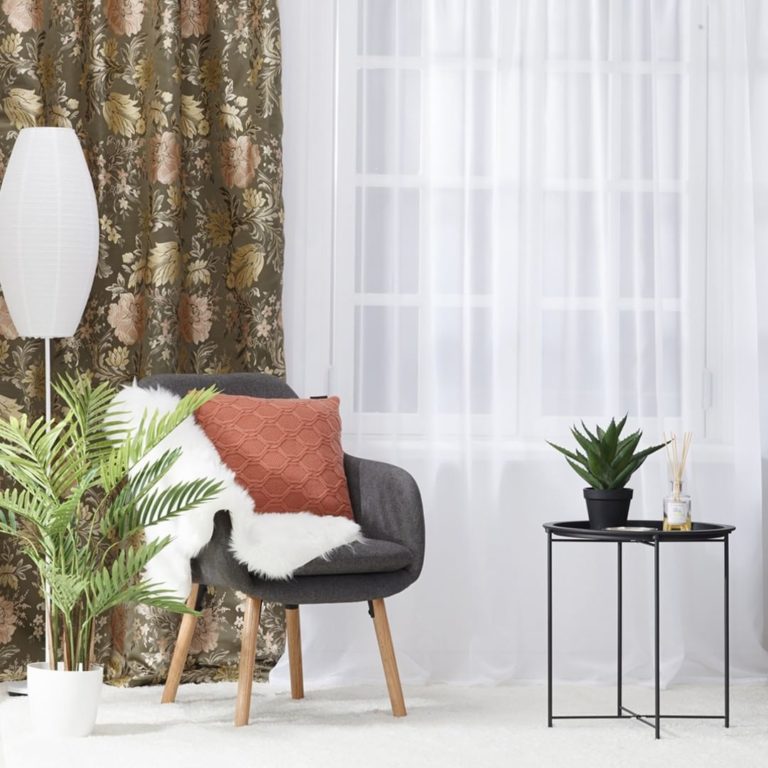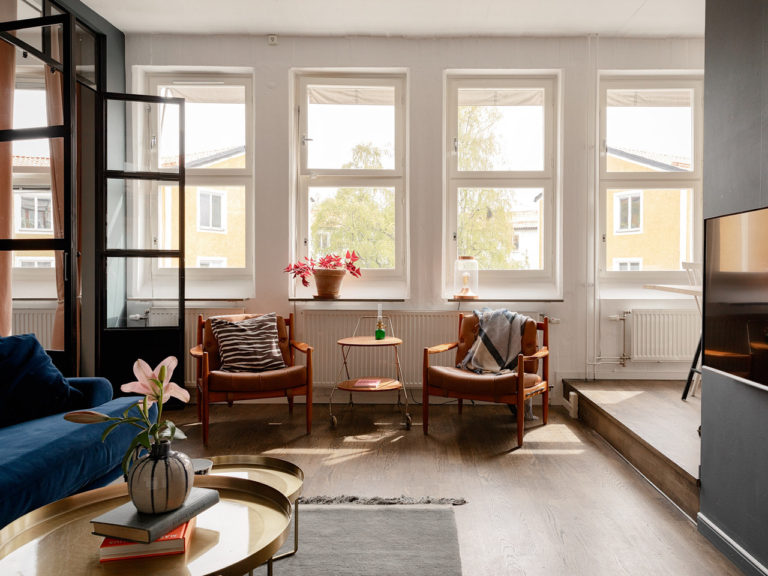8 Tips on Shopping for Sustainable Furniture
Many of us have made a major positive change or two in our lives — like becoming vegan, going for zero waste, or committing to being more eco-friendly. You buy non-toxic cleaners, bring your own bag to the grocery store, cut down on water utility, and so forth. All of these are great, but when it comes to your home furnishings, you might still be stuck with items that weren’t created with eco-friendliness in mind. This is why sustainable furniture shopping is a subject worthy of more discussion.
The simple decision to choose sustainable furniture will significantly impact our collective effort to battle climate change and global warming. If you’re a person who’s in on this advocacy and you’re on the cusp of buying furniture, these tips below might help.

1. Shop Local First.
On the surface, it’s obviously good for the local economy because you’re supporting homegrown businesses. From an ecological standpoint, buying locally made furnishings lessens the need for long-distance shipping, a process that produces tremendous amounts of greenhouse gasses.
Furthermore, local furniture production is usually more transparent. After all, the best way to know if a piece is sustainable is by knowing where it’s from and how it was made.
2. Go Vintage.
Antique and vintage furniture are leaps and bounds of higher quality than mass-produced pieces, and they have already stood the test of time! You can find awesome deals at flea markets and antique stores throughout the country. Before making a purchase, however, ask about the history of a piece to ensure it has been well taken care of through the years.
Because furniture built decades ago was intended to be passed down to future generations, secondhand stores often have fantastic bargains. Minor repairs, refurbishing, or upcycling may go a long way toward resurrecting an item. Plus, the art of restoring antique furniture can even be your new exciting hobby.
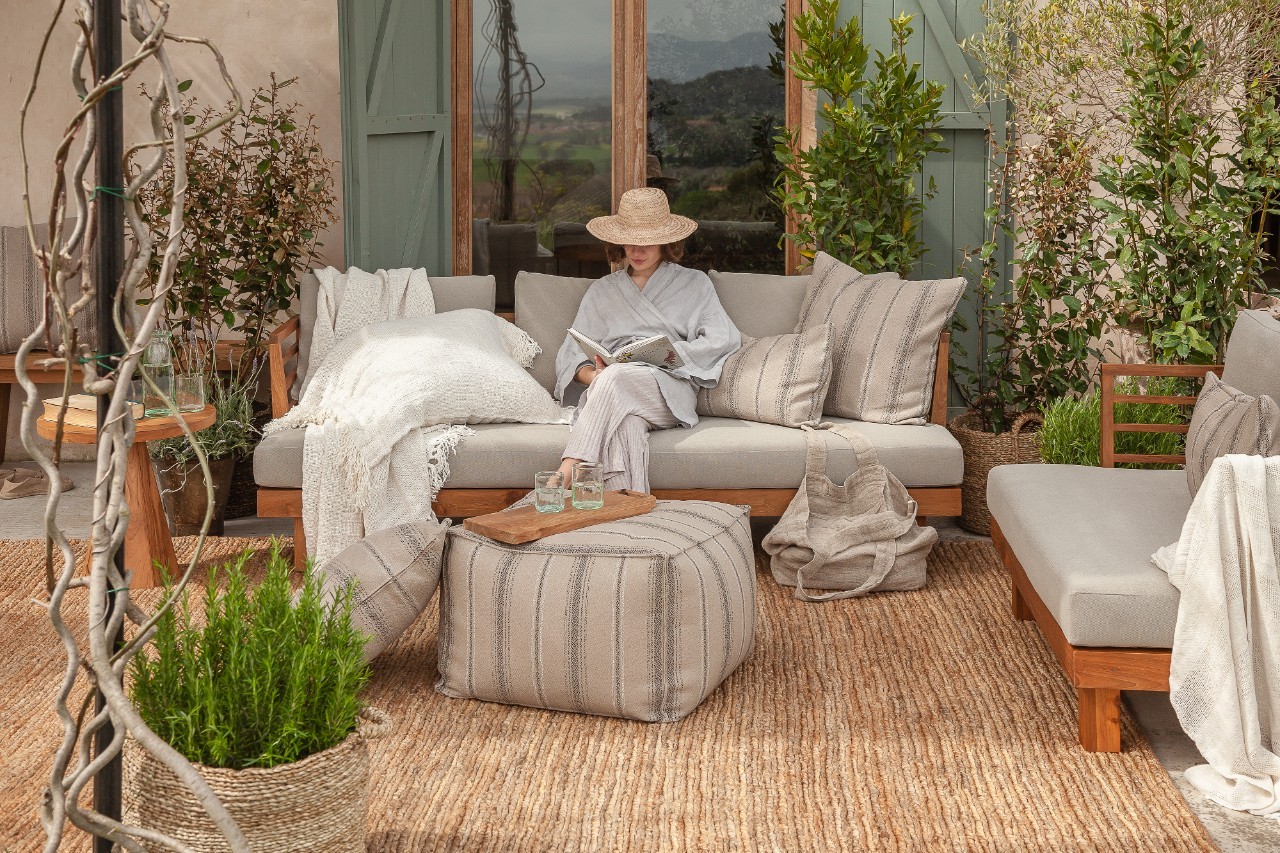
3. Invest in a Timeless Piece.
Buying cheap isn’t as beneficial for your finances as it appears, and it’s awful for the environment. When you purchase mass-produced furniture, you will most likely need to replace it within a few years.
This means that by consuming more things, you are not only paying more money in the end, but you are also generating more trash. If you’re going to buy new, keep it sustainable and always choose quality over low price. Heirloom quality items are made to last for decades, meaning you won’t be throwing them away anytime soon. Whether the piece is new or over 100 years old, if it is well-made and has a timeless design, it will be treasured for many years to come.
4. Look for Sustainably Harvested Wood.
Furniture made from certified woods, such as FSC-certified wood from responsibly managed forests, is a good start. According to National Geographic, over half of the world’s original forest has been destroyed by deforestation to produce wood products. And our current practices can’t keep up with the demand for wood and timber, notes the World Wildlife Fund (WWF). The WWF and other organizations are working toward solutions with initiatives such as the Global Forest & Trade Network, which promotes responsible forest management and trade based on agreed-upon standards.
Look for third-party certifications like FSC or LEED when shopping for furniture. Both organizations promote sustainability in using natural resources and building materials to ensure that these practices are responsible and don’t deplete resources or cause harm to local communities.
5. Look for Quality Components.
When looking for eco-friendly furniture, look for pieces made with natural materials such as wood, leather, and bamboo. These are classic materials that will stand the test of time. They’re also biodegradable and won’t harm the environment when it’s time to replace them. Avoid plastic and synthetic fabrics like polyester as they take hundreds of years to decompose in landfills!
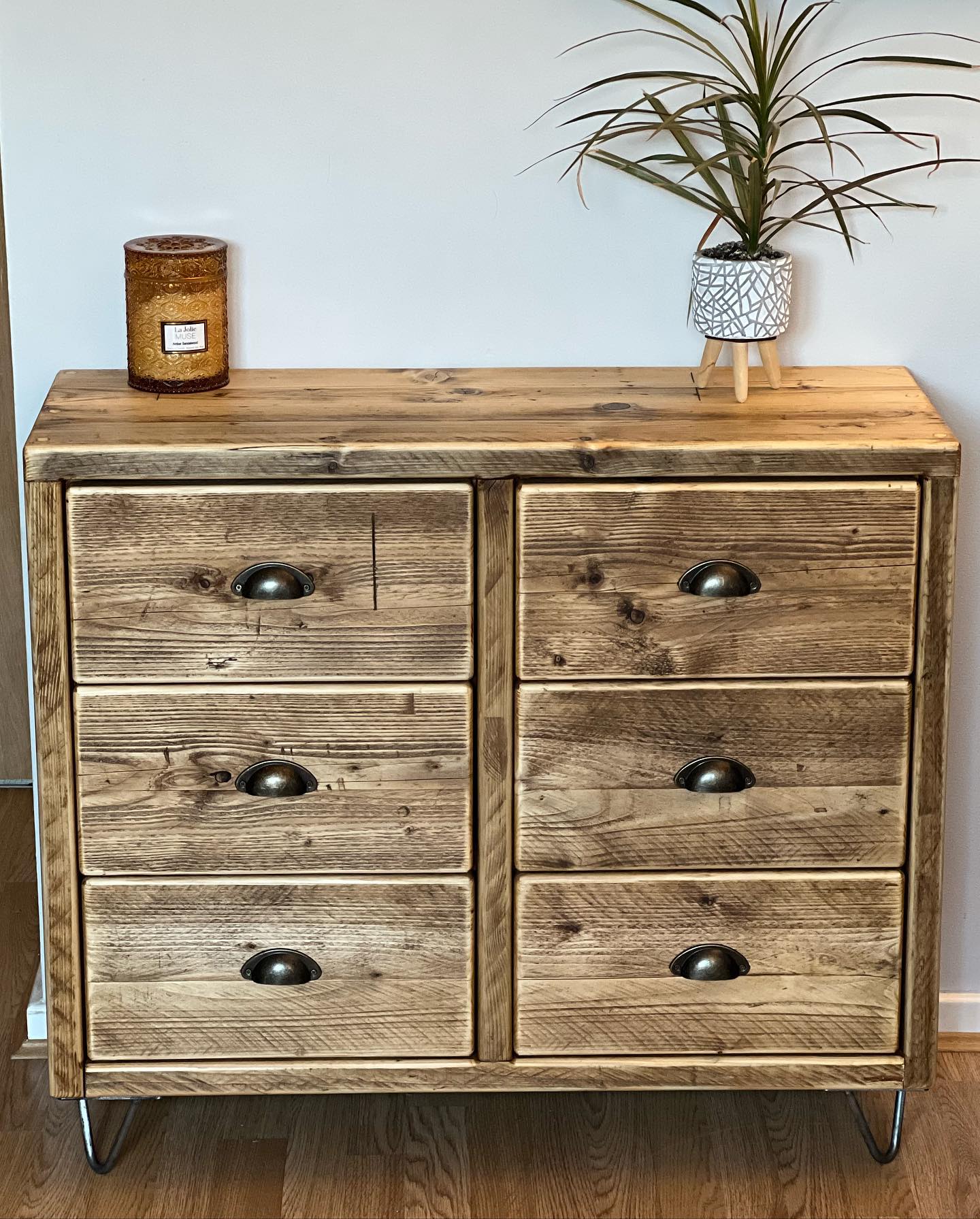
6. Avoid Chasing Trends.
The more often you redecorate, the more strain you place on the environment. It’s better for the planet if you buy items that will last for years (or even decades) rather than trendy things that go out of style quickly. Another reason to avoid furniture trends is that they’re just like fashion—it changes quickly, and you’ll find yourself buying new items every year to fit in with the latest style. You want your home to be a comfortable place that reflects your personal tastes, not a place where you constantly feel like there’s something wrong with the interior design.
If you’re the kind of person who can’t help but get bored with furniture after some time, shop for quality, timeless pieces but be sure to always donate or sell your old ones.
7. Do Your Research
Although shopping for sustainable furniture can feel overwhelming if you don’t have enough information about your options, many resources are available to help you. From books on eco-friendly products to smartphone apps that let you scan barcodes and find out how environmentally friendly the item is to websites that offer reviews and comparisons of different types of furniture, there’s no shortage of information to help you make the best decision possible.
8. Embrace Minimalism
Before you even think about buying new furniture, look at what you already own and decide whether you need a replacement for that item. If you like the piece but feel it needs updating — say, it’s a comfortable sofa but out of style — consider having it reupholstered with non-toxic fabric instead of buying something new. This is particularly true for heirloom-quality pieces. Spending a little now can save you money in the long run if you preserve the piece rather than have to replace it later.
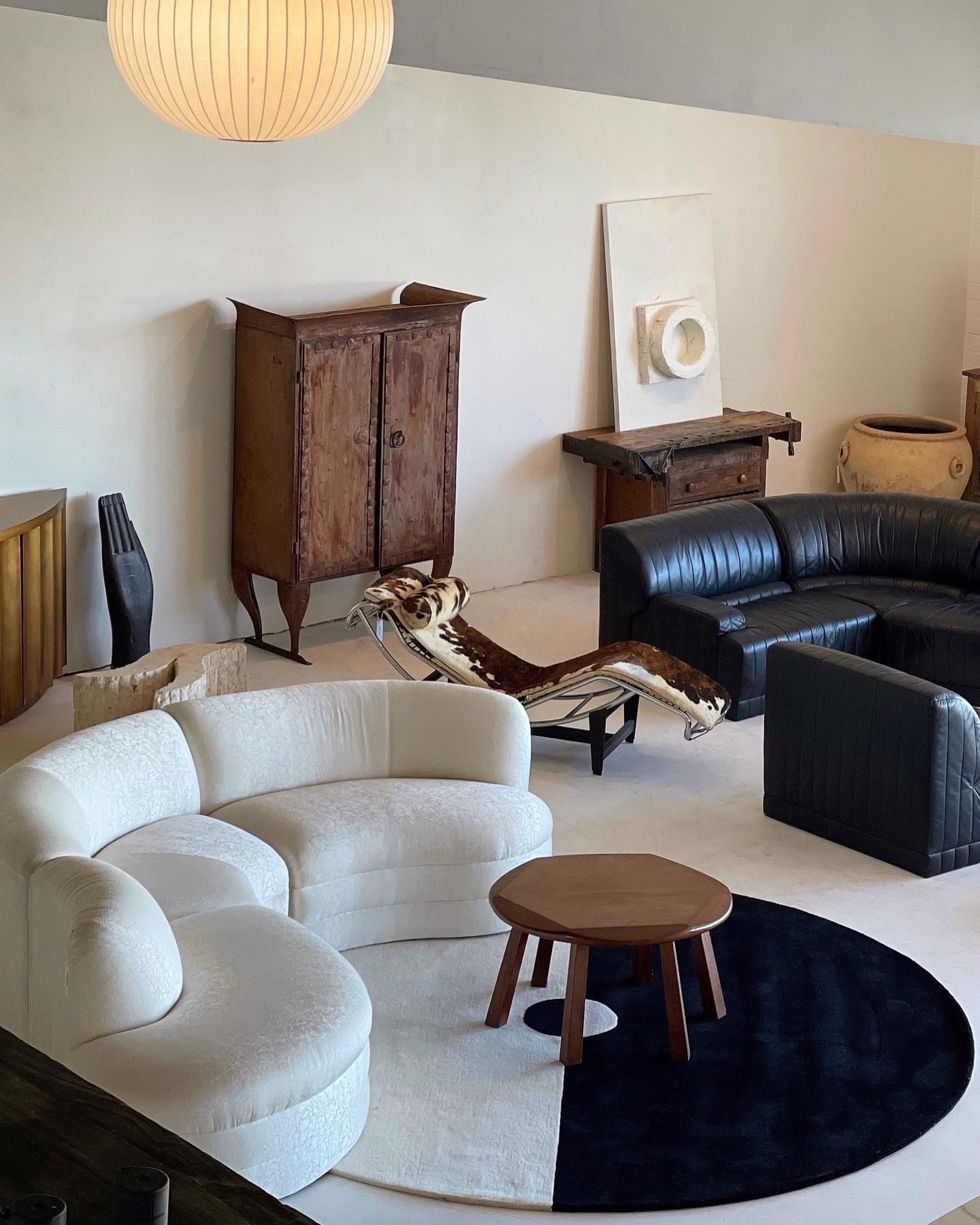
Another way to embrace minimalism is to look for clever alternatives to traditional designs. For example, instead of buying the usual dining set with multiple chairs, why not consider a dining bench with back like the ones shown as an example? Benches are becoming more and more popular because they’re inexpensive and space-saving. And because one large bench takes fewer resources and energy to build than multiple chairs, it’s generally more eco-friendly. These benches are also versatile, so you can use them in different parts of your home.
Conclusion
Sustainable furniture shopping is spending your money on the right type of furniture that will last and not end up in a landfill in a few years’ time. It can be daunting to face so many options, but don’t panic! The first thing you should do is educate yourself on what sustainable products are made of and what they can offer you. Keep the tips above in mind whenever you’re ready to shop for furniture.




